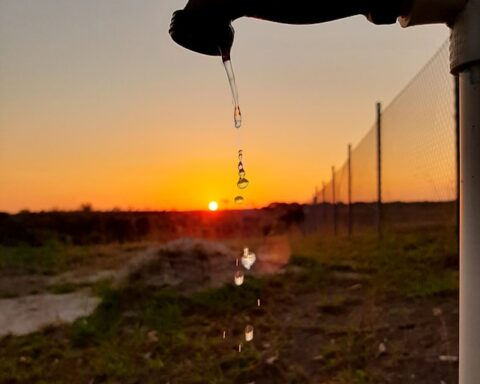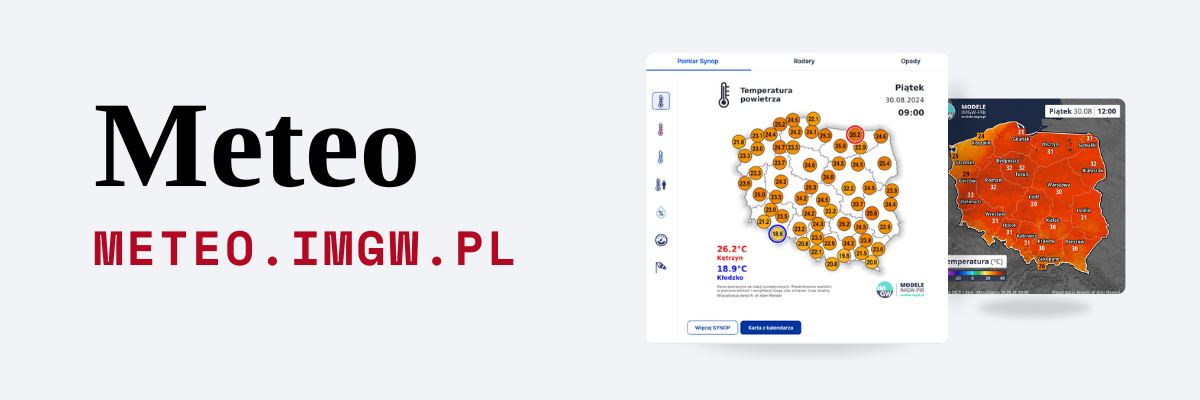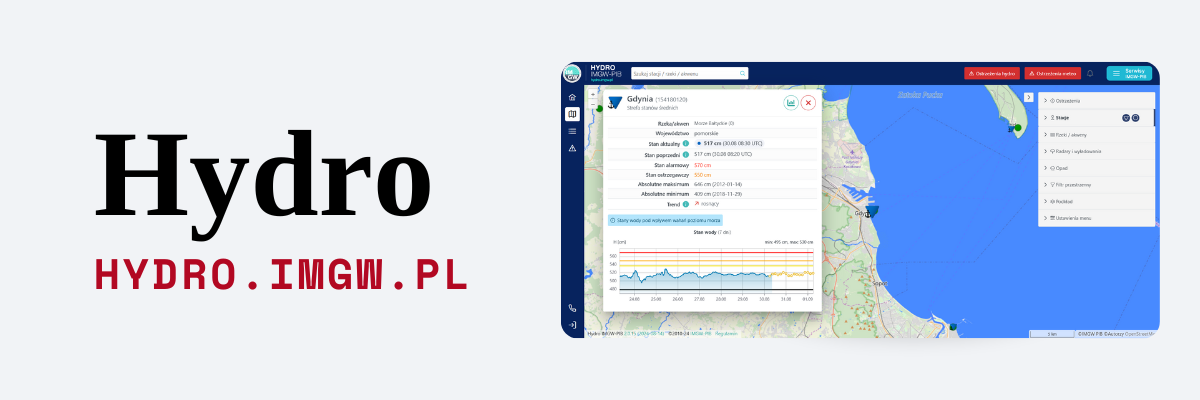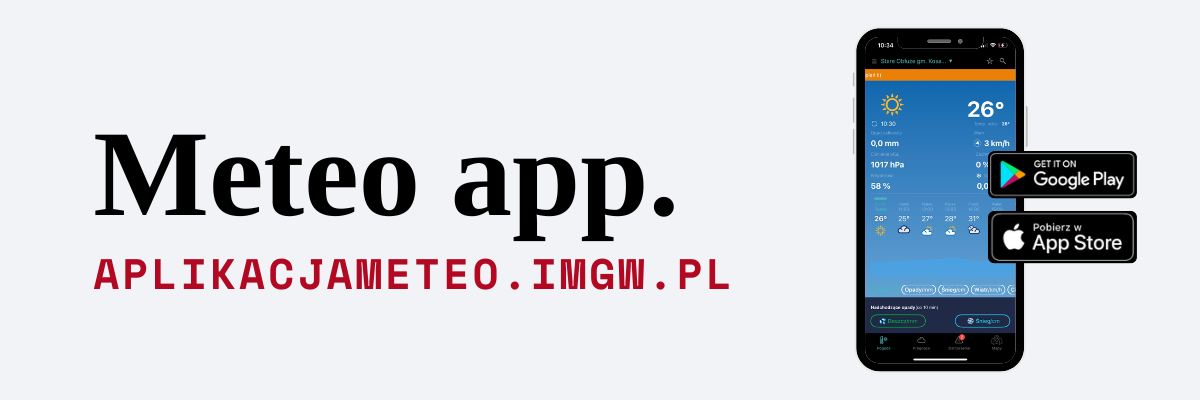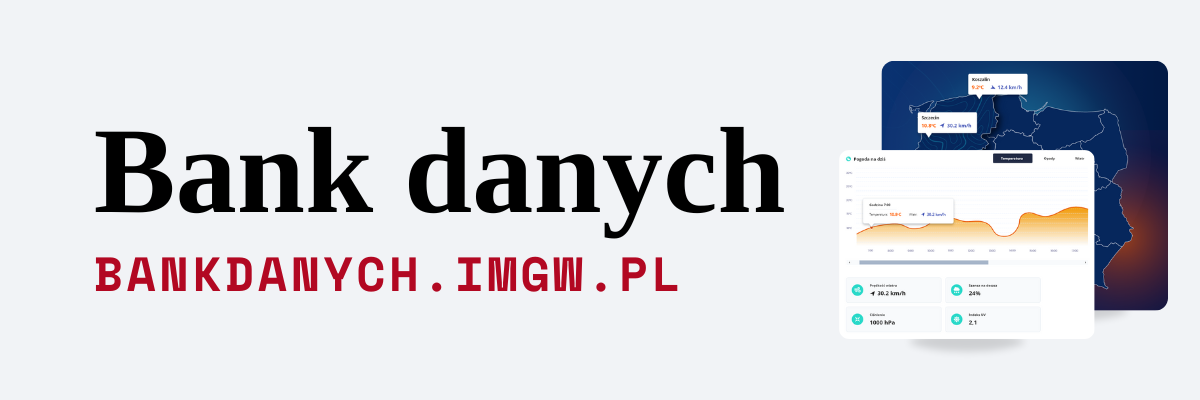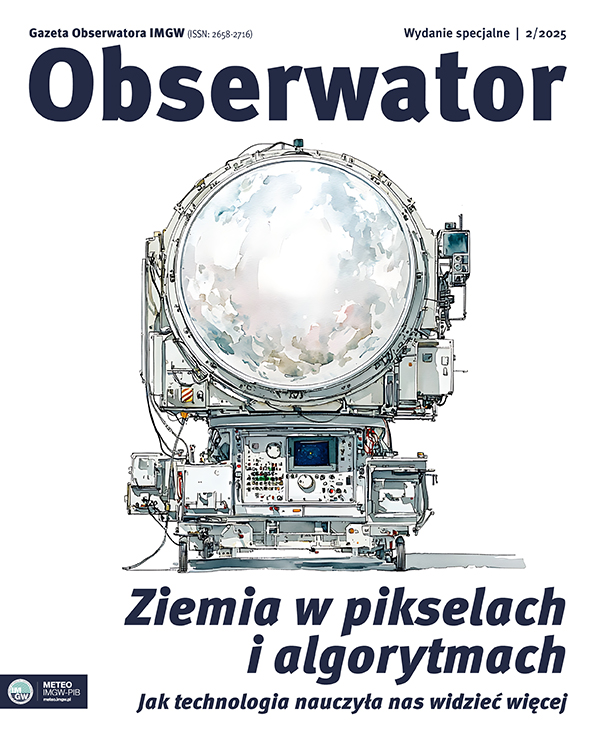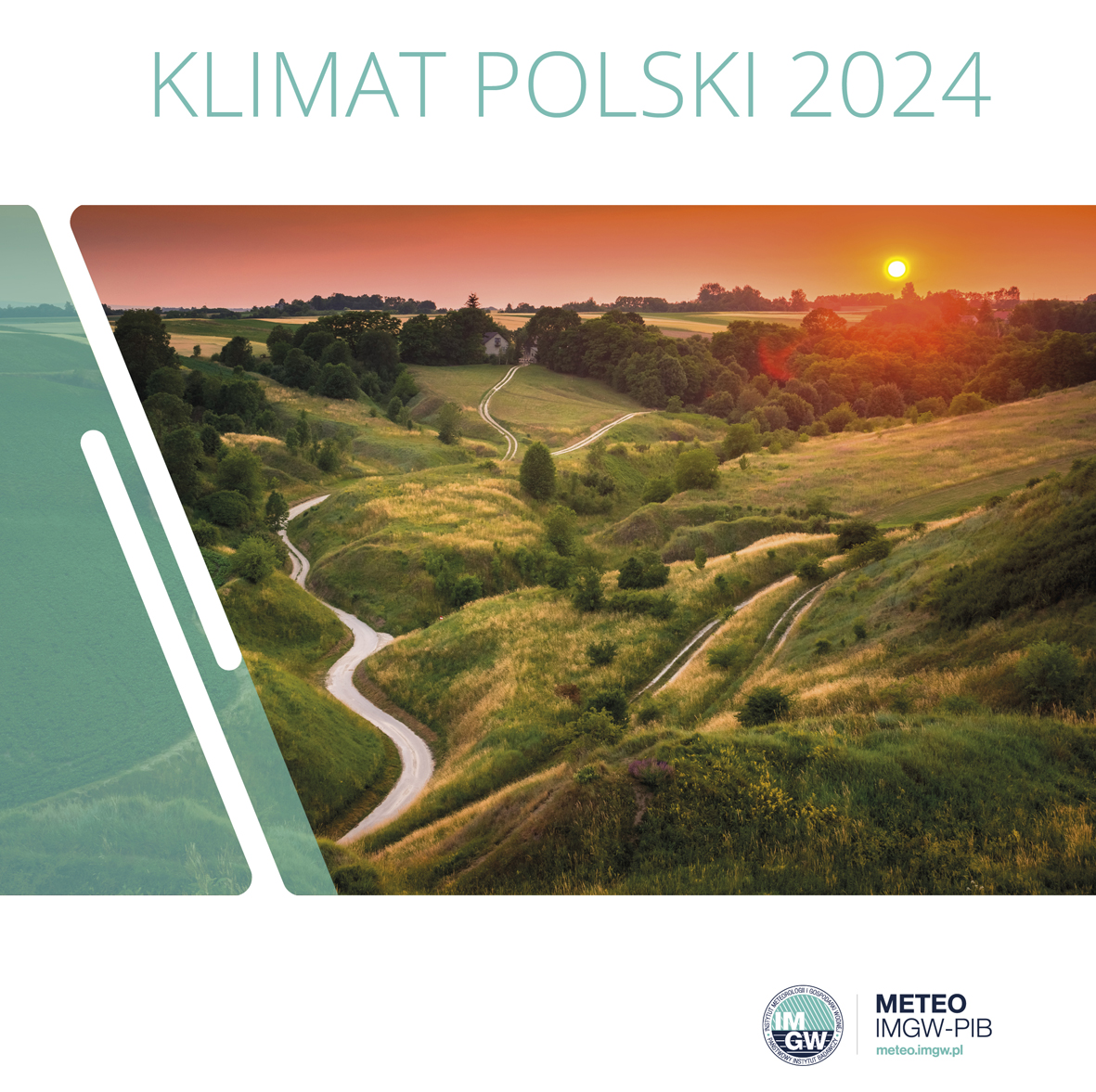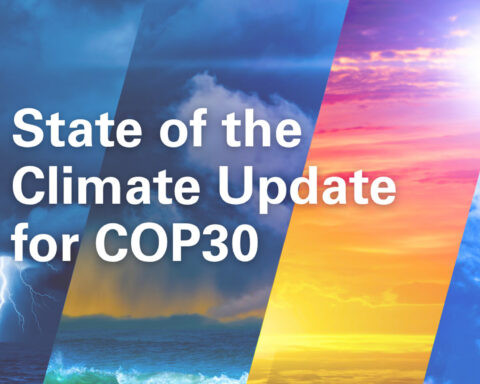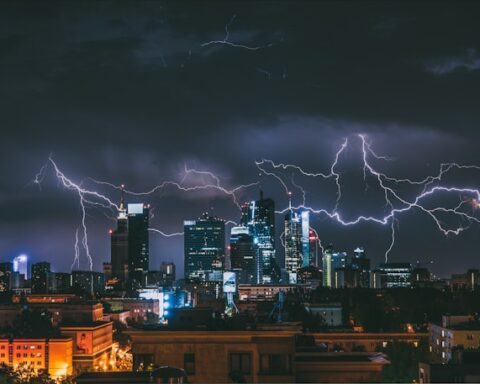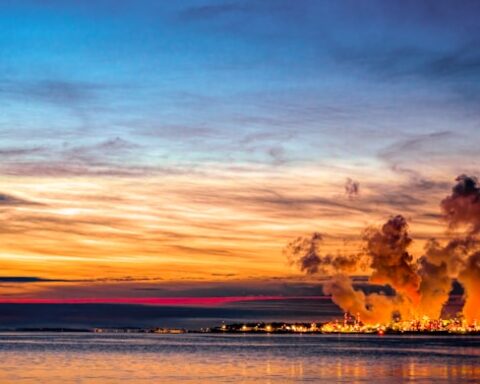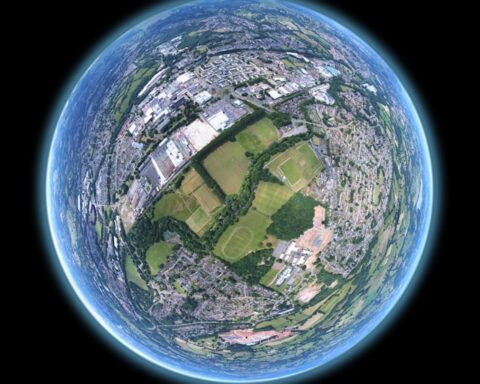We will take you on a journey to the early 60s of the 20th century, when biometeorology was developing in IMGW, in the memory of Maria Baranowska – then a new Warsaw resident, young mother, a scientist by vocation – who devoted her career to the development of weather forecasts on human body reactions. Her innovative works are still the basis of research on the bioclimate of Poland today.
AUTHORS: Biometeorological Forecasts Team of IMGW-PIB
After World War II, together with the development of biological sciences, interest in human physiology and the influence of the environment (including the atmosphere) on living organisms has increased. Biometeorology, one of the fields of applied meteorology, deals with studying these relationships. In Poland, the leading scientific centre in this area was the Balneoclimatic Institute in Poznań, but other centres quickly joined it. One of them was the National Hydrological and Meteorological Institute (PIHM), where the first biometeorological research was started in the 1950s, mainly concerning the assessment of heat exchange between the human body and its environment.
Maria Baranowska joined PSHM after graduating in natural sciences from the University of Wrocław. She already had extensive experience gained in leading biometeorological centres of Western Europe – among others, in the laboratories of such authorities in this field as W.S. Tromp, G. Hentschel, or F. Becker – where she participated in experimental research. In the Institute, M. Baranowska elaborated the concept of developing katathermometric measurements (used to determine biological cooling) and criteria for the environmental assessment, among others, by popularising the term „vapour” in professional studies. The results of these works were published in a series of books, carried out in cooperation with the Balneoclimatic Institute, containing a description of the bioclimate of Polish health resorts. For one of them, a monograph entitled „Bioclimate of Polish health resorts” published in 1979, M. Baranowska received the 1st-degree award of the Director of IMGW.
In 1964, the Independent Biometeorology Laboratory (SPB) was established at the PSHM. Maria Baranowska became its first manager and held this position for the next 21 years. For over two decades, she organised the team’s research work and developed the methodology of biometeorological forecasts. She cooperated with many institutions, scientists, and doctors, thanks to which the research conducted by the laboratory had an interdisciplinary character, which was unique on a global scale. Maria Baranowska was also recognised and appreciated at the international forum. From 1977 she was a Polish representative in the Technical Commission of the World Meteorological Organization for the Special Applications of Meteorology and Climatology.
Pioneering climate research
One of the most valuable contributions of M. Baranowska and her team to the development of knowledge on bioclimate is their work on studying the sensible climate of the inhabitants of Poland. No other study of this type covering the entire country’s population has been published. The research involved questionnaires of subjective feelings, which were filled in daily (!) by observers at 38 stations of the measurement network of PIHM for three years (1964-1967). Collecting and manually processing the results of nearly 40,000 questionnaires was a titanic task. The development of computers made it possible to compare the answers from the questionnaires with the results of the effective temperature index calculations (including air temperature, air humidity, and wind speed). In this way, a scale of subjective thermal sensations was developed, and the first biometeorological norm for the inhabitants of Poland was established. According to the statement of M. Baranowska that „man adapts to the average climatic conditions” in which he lives, this scale is spatially and seasonally differentiated. In 1982 the Commission for Scientific Awards recognised Baranowska’s work entitled „Biometeorological Norm as Tolerance Interval of Man to Weather Impulses” as eligible for the team award of 2nd-degree of the Director of IMGW.

Passenger safety is paramount
Equally unique was the 24-year cooperation of SPB with the Municipal Transport Company (MZK) in Warsaw, which collected daily information concerning road collisions and accidents. Then, they were compared with meteorological conditions, synoptic situations, and interviews with MZK drivers. The questionnaires took into account both factors related to the road condition and visibility and those potentially burdening mental and physical aptitude, extending reaction time and impeding concentration. Additional psycho-technical tests were carried out on the group of drivers. The series was also supplemented with work accident studies (data from the 8 years of cooperation with Mechanical Factory Ursus). The collected material made it possible to develop a scheme for the biosynoptic evaluation of the conditions on a daily basis. The research was developed in the subsequent years, and the solutions developed at that time still constitute a significant assessment element in the preparation of IMGW forecasts.
In the laboratory managed by M. Baranowska, special forecasts for MZK drivers were also prepared, which were displayed in depots as light messages. The statistics conducted in the next 4 years showed that despite the continuous increase in the number of vehicles in circulation, the number of accidents in the city was maintained at a level lower than before the introduction of the system proposed by Baranowska. In the 1980s, the biometeorological road traffic protection system was developed for the entire country, and the forecasts were made available in the media.

Engaged educator
Maria Baranowska, with great dedication, popularized biometeorological knowledge and supported the development of academic research and scientific staff, cooperating, among others, with the University of Warsaw. She was the author of many studies in the trade press, published in popular science magazines, in opinion-forming weeklies, and gave interviews to daily newspapers. M. Baranowska repeatedly emphasized the relationship between man and his environment. She used to say that „the weather is never the cause of diseases, but can only intensify their symptoms in people sensitive to changes in atmospheric stimuli” (prone to meteoropathy) or those overburdened or convalescents. The listeners of the evening forecasts in Programme I of the Polish Radio had the opportunity to become acquainted with her voice when she presented „A message on the impact of the weather on human mental and physical aptitude and the health of meteoropaths in Poland in the coming week”. In the 1980s, she was a regular guest of the evening broadcasts with the participation of the leading editor and the doctor in Programme II of the Polish Radio.
Anna Martynuska, a biologist whom Maria Baranowska engaged in working in the IMGW-PIB team, recalls: „The docent had an open mind, many research ideas. She was extremely consistent and reliable, meticulously implementing research programmes. M. Baranowska made efforts to ensure accurate documentation of research results. She had extensive knowledge of various disciplines, as biometeorology is an interdisciplinary science. M. Baranowska not only effectively organised the performance of tasks in a team and motivated people to work hard. She also took care to improve the knowledge of his colleagues through the systematic organisation of internal seminars. Even long after her retirement, she kept in touch with the team, was interested in the progress of the work, and provided us with her support on many occasions”.
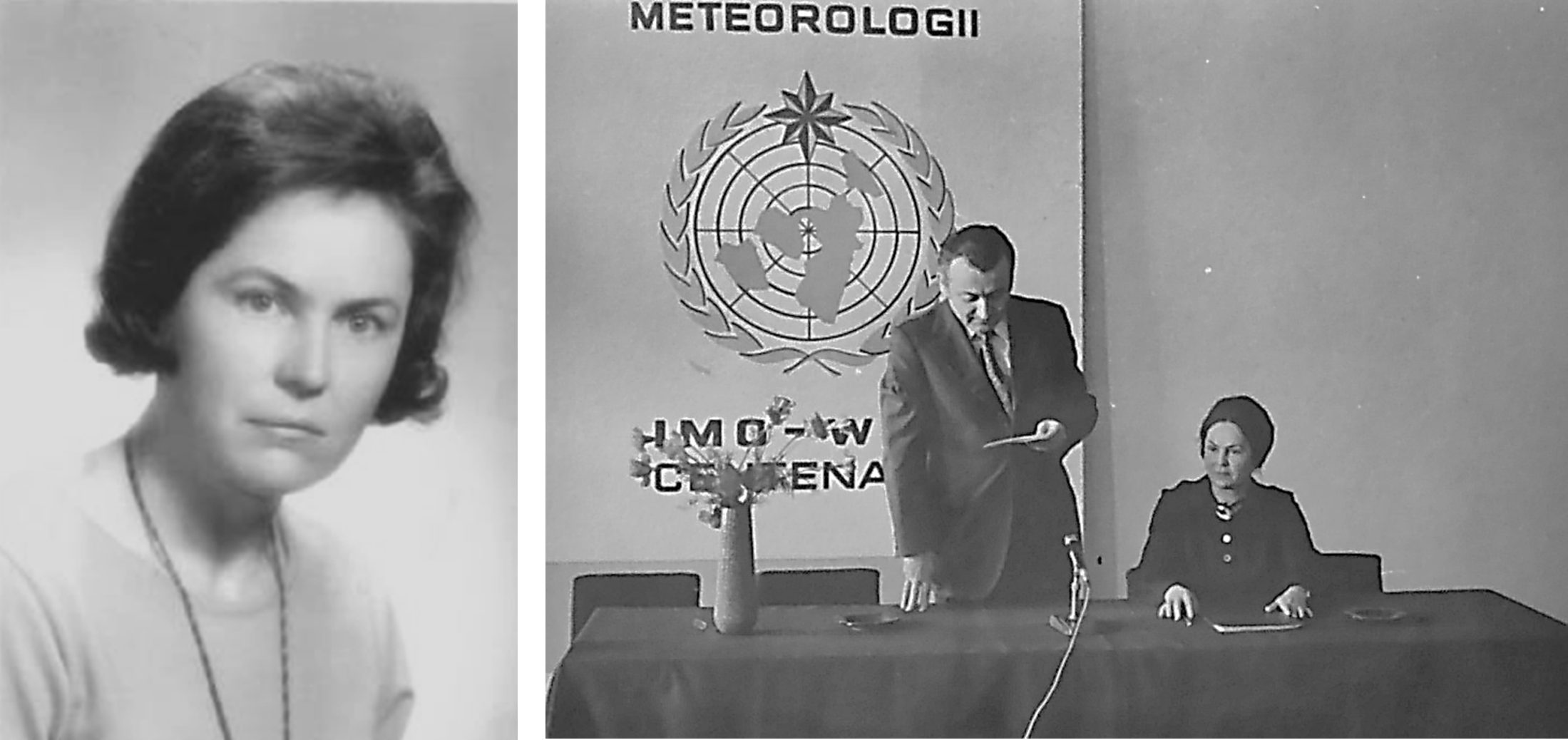
Maria Baranowska worked at IMGW from 1962 until her retirement in 1984. She visited her colleagues and provided substantial support to the Biometeorology Laboratory until 1996.
People involved in the development of specialised meteorological forecasts know very well that the road from the idea, through the forecast concept, and implementation into operational work, to the final publication in daily services, can be long and bumpy. Especially when it is known at the very beginning that the entire process will require the development of the whole research methodology, complementing the knowledge in the field of basic research, conducting analyses using meteorological data, verification of these results, developing procedures for preparation of forecast and methods for its publication. During her professional work at the Institute, Maria Baranowska went whole this road. And we, biometeorologists from the National Meteorological Protection Centre, are very grateful to her for that.
Daily biometeorological forecasts, prepared with the use of Maria Baranowska’s methodology, are available at https://biometeo.imgw.pl/?page=BIOMET.
Baranowska M., 1979, Biometeorologiczna osłona ruchu drogowego, Przegląd Geofizyczny, 1, 65-68.
Baranowska M., Boniecka-Żółcik H., Gurba A., 1986, Weryfikacja skali klimatu odczuwalnego dla Polski, Przegląd Geofizyczny, 31 (1), 27-40.
Wojtach B., 2016, Wspomnienie o Marii Baranowskiej, Acta Balneologica, LVIII, 3 (145), 218-219.
We would like to express special thanks to Mrs. Maria’s co-workers who shared their memories with us and allowed us to recreate the image and history of docent Baranowska’s team: Anna Martynuska, Grażyna Dąbrowska, Julita Cedzyńska-Ziemba, and Barbara Wojtach.
Authors: Biometeorological Forecasts Team of IMGW-PIB.
Main photo: Miguel Bruna | Unsplash

